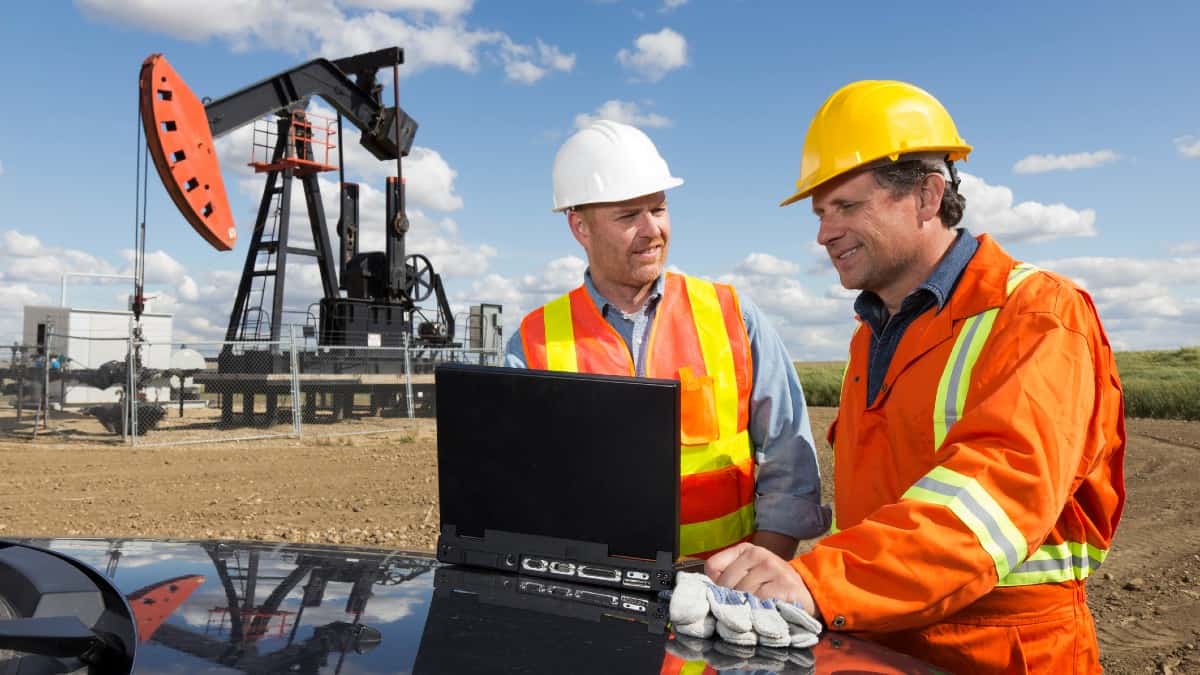Staring at human lockdowns and declining industrial activity in March 2020, companies of all shapes and sizes scrambled to denounce, if not ditch, big bad oil and gas. Many issued grand proclamations about reducing their reliance on hydrocarbons and expanding their renewables footprint. FTSE 100 energy major Shell (LSE: SHEL) was no exception.
In 2021, Shell announced that it would cut oil production by 1-2% per year to 2030 and increase renewables investments. I thought the idea was half-cooked and unworkable in the near term. Given the cyclical nature of the market, could anyone seriously believe crude prices and demand would stay rock bottom forever?
Knowing that the bulk of Shell’s revenues would still come from oil and gas for quite a while yet, I kept the faith as a long-term investor.
Its share price subsequently recovered from 900p at one point in 2020 to the current levels of over 2,600p. This was in no small part due to the war windfall created by Russia’s invasion of Ukraine in 2022 and global fears over energy security. And further gains may be on the horizon thanks to one man – Wael Sawan, Shell’s relatively new CEO.
It took a ‘Wael’!
In January, Sawan gave clear signals to investors that intelligent thinking on energy transition demands careful investments in a wider renewables business, and not running roughshod over the company’s primary offerings – oil and natural gas.
By June, Sawan had ditched Shell’s pledge to progressively cut oil production to 2030, hiked the dividend by 15% (to ~33 US cents or 26.1p per share), and lifted its share buyback program to “at least” $5bn (up from $4bn in recent quarters).
The company also dumped its European home retail power business, once promoted by Sawan’s predecessor Ben van Beurden as a key energy transition vehicle.
Investors may regard such overtures to be ‘price positive’ on their own. But it is Sawan’s robust messaging that leads me to anticipate further share price gains in the region of 15-17% from Shell’s current levels of ~2,600p.
Market imbalances created by Russia and Saudi Arabia’s production cuts of 1.3 million barrels per day and chronic underinvestment in hydrocarbon projects during the Covid years may spark a near-decade long supply deficit. It could in turn create a short-lived oil price spike past $100 per barrel as well as prevent prices from plummeting to 2020-levels. This modest middle ground will likely keep Shell’s oil and gas return on investment (ROI) strong.
Some ‘crude’ caveats
Of course, it’s not all rosy. Instead of financing its operations from issuing debt, Shell appears to be focusing on free cash flow generation. This is a good risk mitigation strategy albeit one tinged with slower growth. The issue of stranded oil and gas assets never goes away. But that is a couple of decades away, if not more.
The dividend payout is still around 30% lower than what it was pre-Covid, too. Shell’s current price-to-earnings (P/E) ratio is around 7.91. It’s still higher than BP’s P/E of 6.41 but well below the wider FTSE 100’s average of 11x.
Overall, Shell will now focus on “performance, discipline and simplification” to achieve a balanced energy transition, according to its CEO. That gives me enough confidence to add more of its shares to my portfolio.








